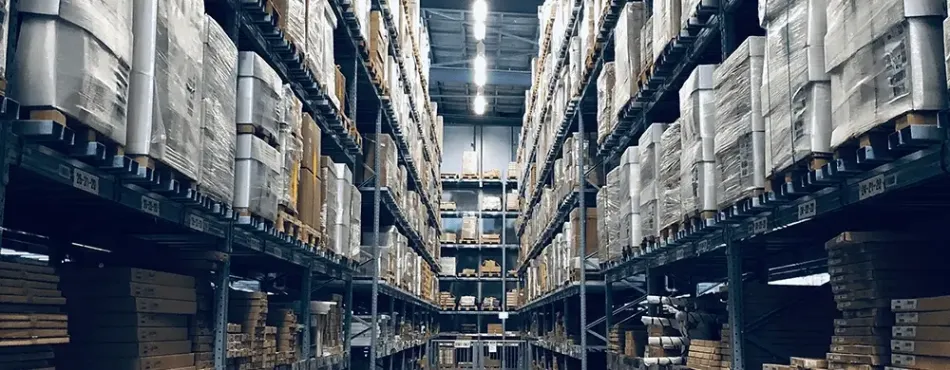Suppliers around the world speaking the same language

Whether sourcing materials or components or buying a finished product, the increasingly entangled nature of global supply chains can leave manufacturers and consumers asking some difficult questions. Is the product or ingredient as described? Does it meet expectations for quality? Where was it produced and under what conditions?
ISO 22095 – Chain of custody – General terminology and models, is a simple solution that works across all business types and sectors. The new International Standard allows users to effectively reduce their costs and address a multitude of issues caused by the present variety of chain of custody systems. Its requirements and models are defined independently of sectors, raw materials, products, and issues addressed, from food safety or sustainability to product integrity and quality. This ISO standard is a multi-sector, globally-applicable framework to which existing systems may refer for the clarification of the differences between their system and the generic ISO chain of custody models. Instead of starting from scratch, those implementing new systems will be able to base their definition of chain of custody requirements on ISO 22095, saving time and money and benefiting from an internationally recognized approach.
In the longer term, the standard will simplify life for manufacturers, suppliers and standardizers alike by allowing specific sectors or activities to make reference to the common framework of ISO 22095 for chain of custody aspects. Rob Busink is a senior policy advisor at the Dutch Ministry of Agriculture, Nature and Food Quality, and also chairs the ISO project committee that developed the new chain of custody standard. He explains that the ISO standard was developed to specifically address a pressing market demand for increased transparency around product integrity. Spanning aspects of supply in almost every sector, Chain of custody – General terminology and models, will simplify market access by providing a uniform language between companies active in a chain of custody.
One of the main objectives of the new standard is to describe chain of custody models in a generic way by using terminology that can be easily understood and used across different sectors or applications.
The manager of ISO/PC 308, Juliane Eykelhoff explains why it's so important for all participants in the global supply chain use the same ISO chain of custody language: "these actors can transparently share information on the integrity of their products across sectors and communicate about it with their customers. I am convinced that ISO 22095 will be a useful foundation for many existing and new standards dealing with supply chain transparency to enhance consumer trust."
ISO 22095 is available to purchased through our e-shop.